Want simple ways to use essential oils without the guesswork? This page gives clear, practical tips you can use now: how to pick quality oils, safe dilution rules, quick DIY blends, and basic storage and safety advice. No hype—just the stuff that helps most people get started and stay safe.
First rule: less is more. For adults, a 1 to 2 percent dilution is a good standard for topical use. That means about 6 drops of essential oil per 30 ml of carrier oil for 1 percent, and 12 drops per 30 ml for 2 percent. For kids, older adults, or sensitive skin, aim for 0.5 to 1 percent. If you are pregnant, nursing, on medication, or have a medical condition, check with a healthcare provider before use.
Always do a patch test. Put a small dab of diluted oil on the inside of your forearm, wait 24 hours, and watch for redness, burning, or itching. If any reaction appears, stop using it. For diffusing, run the diffuser in short bursts: 10 to 30 minutes on, then 30 to 60 minutes off. That keeps the scent pleasant and lowers the chance of irritation for people and pets.
Know the no-go list. Tea tree and eucalyptus are useful but can be strong and are not safe for all pets, especially cats. Citrus oils can increase sun sensitivity if applied to skin before sun exposure. When in doubt, keep oils out of reach of children and away from open flames.
Sleep roll-on. Mix 10 drops lavender and 2 drops bergamot into 30 ml of carrier oil. Apply to wrists or the base of the neck before bed. Many people find this helps them relax without heavy sedation.
Headache inhaler. Put 1 drop peppermint and 1 drop lavender on a tissue or cotton ball. Inhale slowly for a minute or two. Peppermint gives a cooling feeling that can ease tension for some people.
Muscle rub. For sore muscles, blend 8 drops eucalyptus, 6 drops peppermint, and 4 drops lavender into 30 ml carrier oil. Massage gently into the affected area. Start with a small amount and increase only if no irritation occurs.
Picking quality matters. Look for oils labeled 100 percent pure essential oil, with the Latin plant name listed. If a company shares GC MS test results, that is a good sign. Cheap, synthetic blends will say fragrance or parfum on the label instead of pure oil names.
Storage is simple: keep oils in dark glass bottles, away from heat and direct sunlight, and out of reach of kids and pets. The smell will stay stronger longer that way.
Want more ideas tied to daily habits like sleep, stress, or soreness? Browse our posts tagged with wellness topics for recipes, tips, and step-by-step how-tos that fit real life.

Aromatherapy in 2025 is no longer just about relaxing scents-it’s a personalized, science-backed tool for managing stress, sleep, and focus. Discover the top oils, wearables, and blends actually working today.
Read More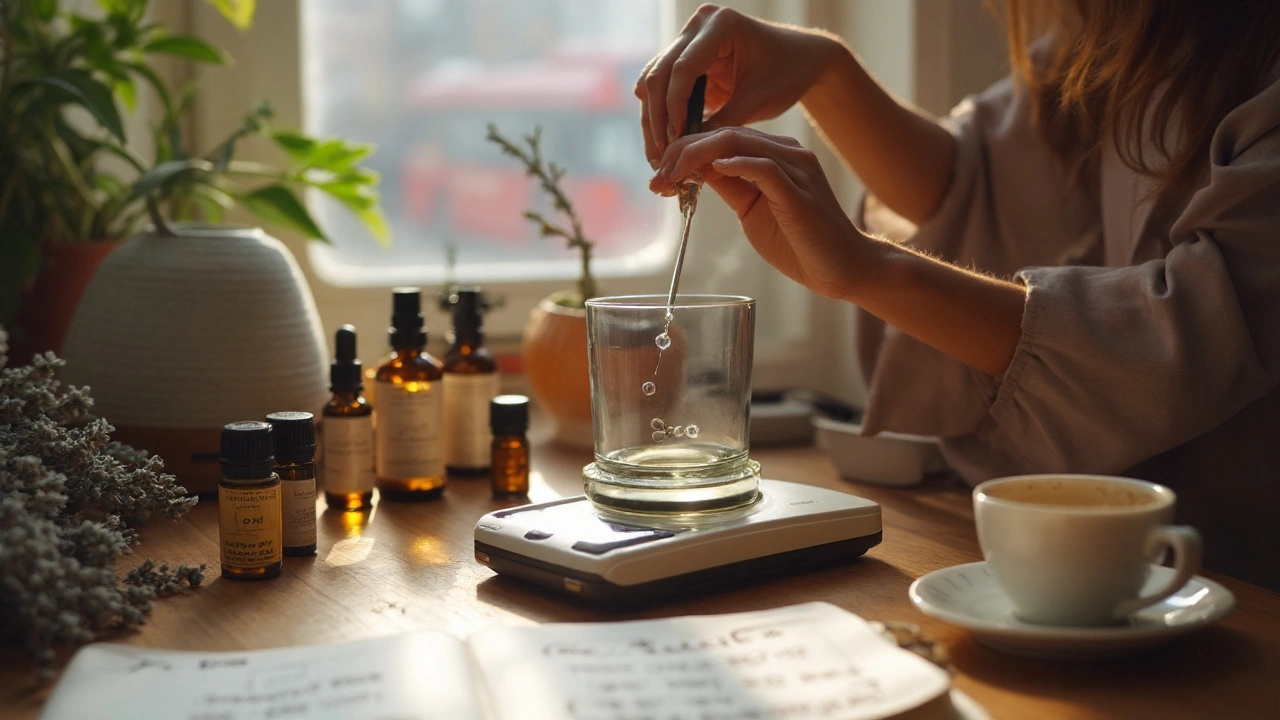
Clear, beginner-friendly guide to aromatherapy: benefits, safe use, best oils for common needs, exact dilutions, and easy blends. Evidence-backed and practical.
Read More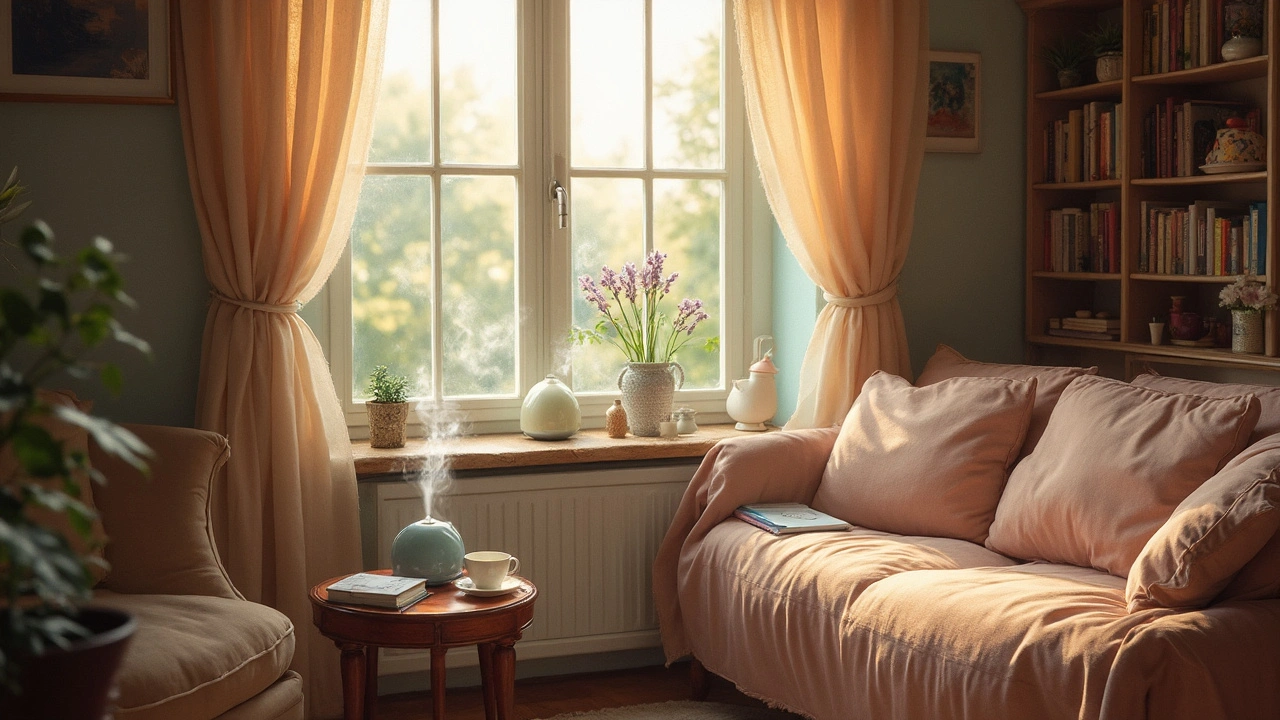
Aromatherapy can transform your daily routine with its many benefits, like stress reduction and improved sleep quality. By harnessing the power of essential oils, you can create calming environments and enhance your mental well-being. Discover how aromatherapy can also boost energy levels, encourage mindfulness, and bring balance to your life. This ancient practice is not just a trend but a lifestyle choice that's backed by science.
Read More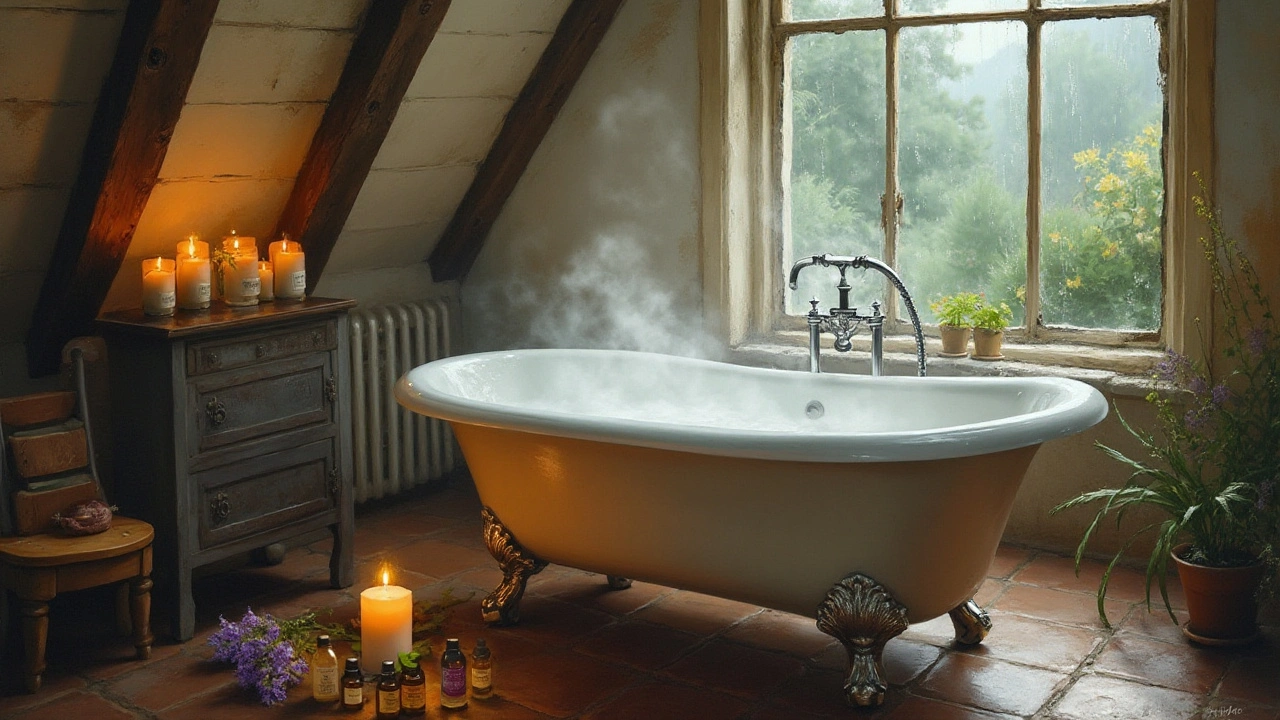
Aromatherapy baths combine the therapeutic properties of warm water and essential oils, offering a unique experience to soothe both body and mind. These baths can promote relaxation, improve mood, and enhance overall well-being. Aromatherapy involves using plant-derived essential oils, each with its own set of healing properties. The article explores how to create an aromatherapy bath at home, the benefits it delivers, and offers useful tips for making the most out of this rejuvenating practice.
Read More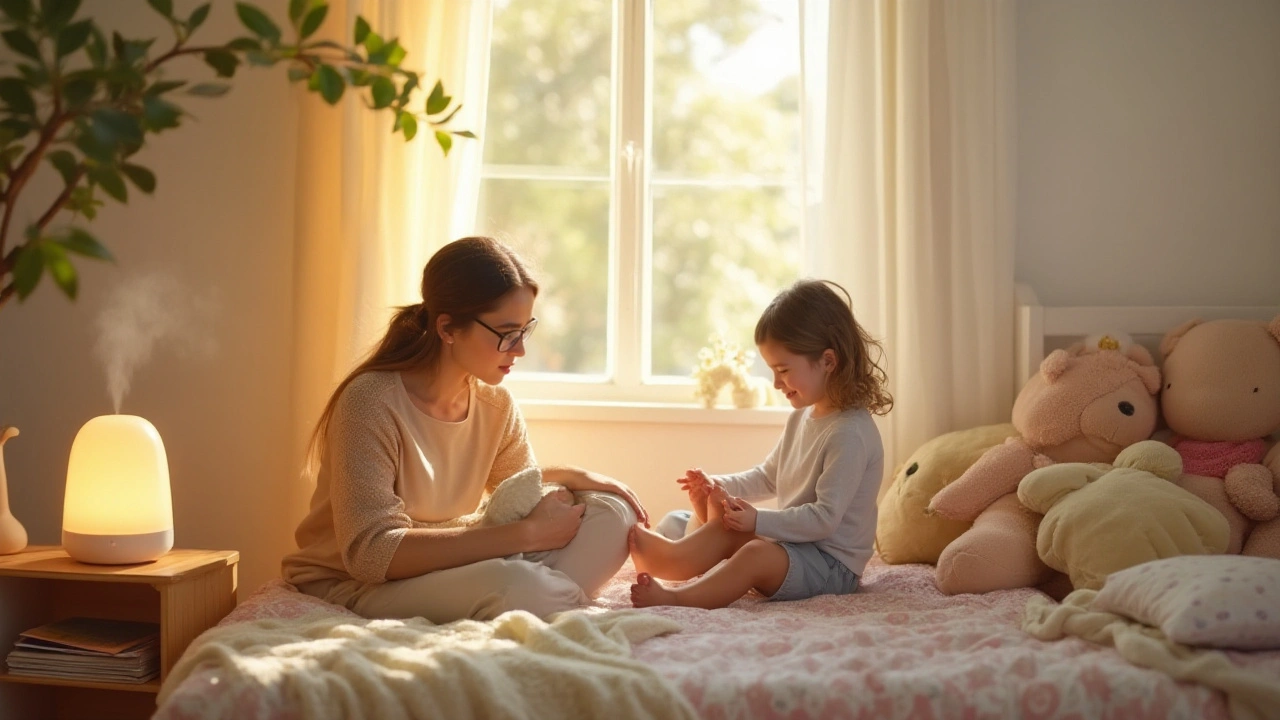
Aromatherapy can offer a natural and effective way to support the well-being of children. This article explores safe practices for using essential oils with kids, including age-appropriate tips and dilution guidelines. Learn about the benefits that aromatherapy can provide, from soothing restlessness to boosting mood and focus. Discover how to incorporate these natural remedies into daily routines to enhance your child's health naturally.
Read More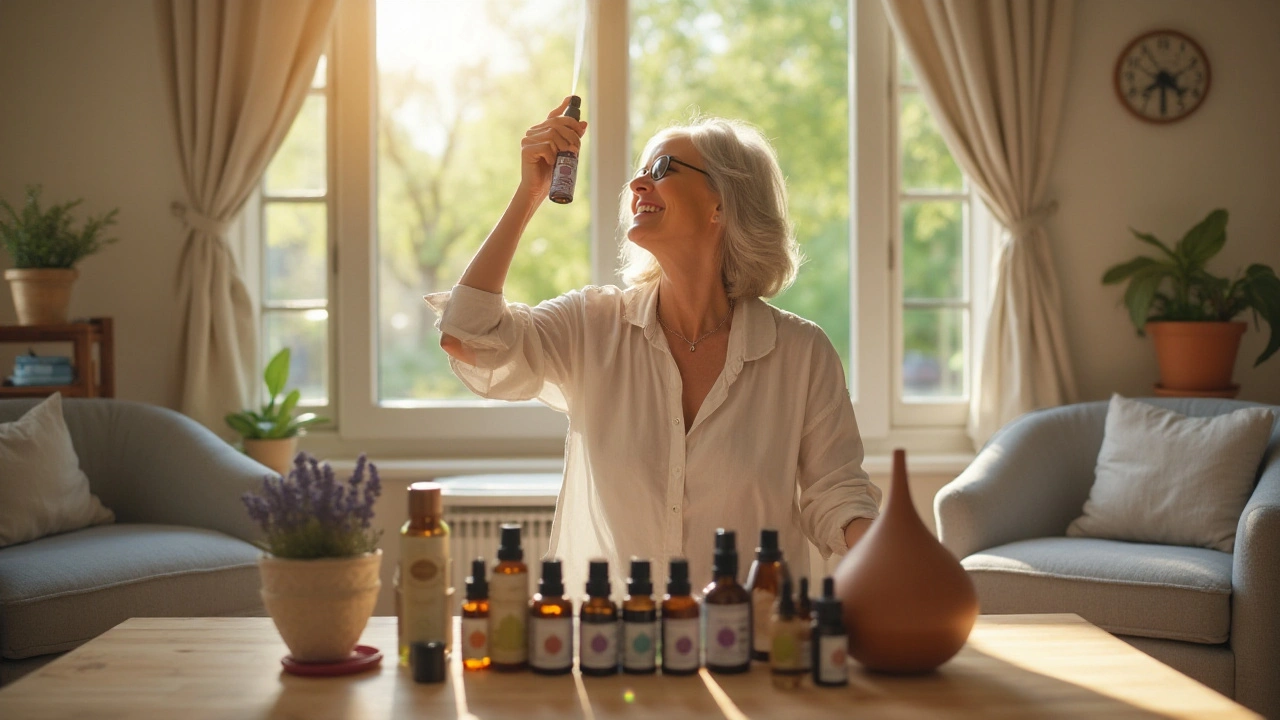
Discover the world of aromatherapy with this beginner's guide. Learn essential tips, tools, and interesting facts to get started. Perfect for anyone looking to incorporate essential oils into their daily routine for wellness.
Read More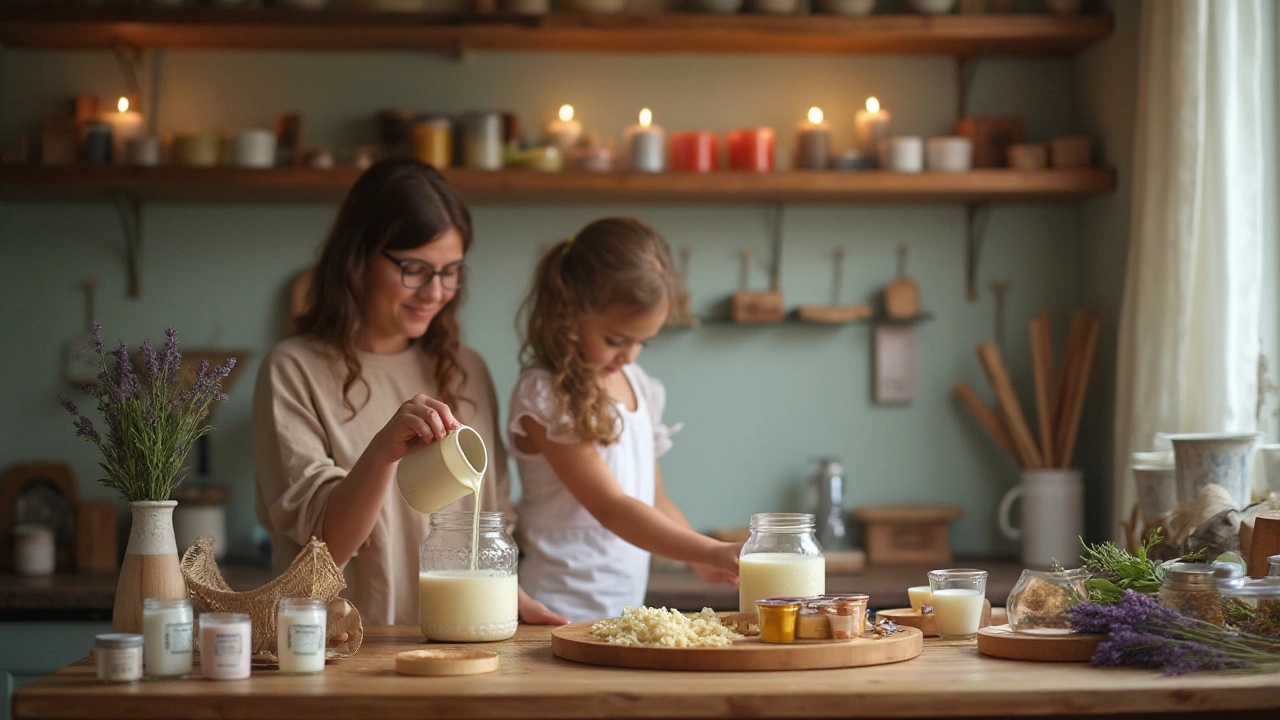
Discover the art of making your own aromatherapy candles with this easy-to-follow guide. Transform your home into a fragrant haven with custom scents made from essential oils. This step-by-step process ensures a rewarding and enjoyable crafting experience. Perfect for beginners and experienced crafters alike.
Read More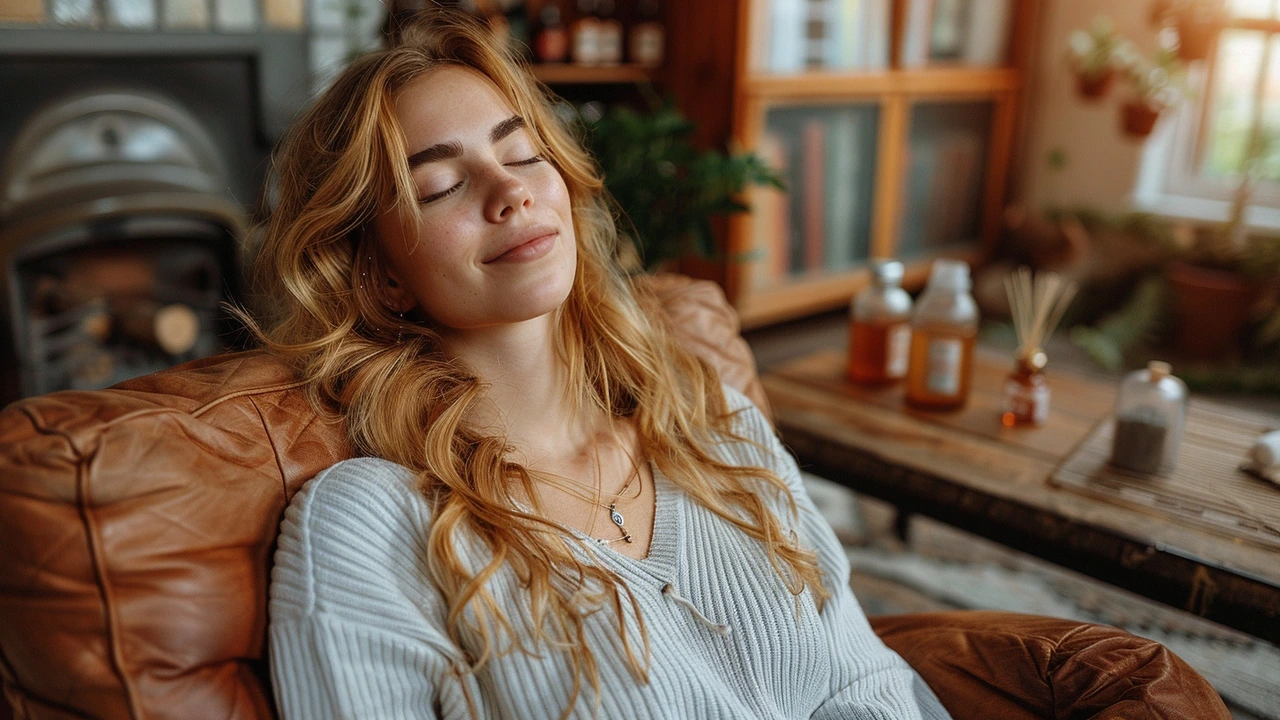
Aromatherapy, an age-old practice using essential oils, provides numerous health benefits including stress relief, improved sleep, and pain management. Learn how this holistic approach works, the science behind it, and practical tips for incorporating aromatherapy into your daily routine for enhanced well-being.
Read More
In today's fast-paced world, managing stress has become a crucial aspect of maintaining a healthy lifestyle. This detailed guide delves into the world of aromatherapy as a powerful tool for stress relief. It provides a deep understanding of how essential oils can influence our mood, cognitive function, and overall wellbeing. Moreover, it offers practical advice on integrating aromatherapy into your daily routine, along with helpful tips for selecting and using essential oils safely and effectively. Whether you're new to aromatherapy or looking to deepen your knowledge, this guide promises valuable insights into harnessing the natural power of scents.
Read More
Dive into the transformative world of aromatherapy in spa treatments and discover how it enhances relaxation and health. Learn about the origins of aromatherapy, its integration into spa services, the psychological and physical benefits, selecting the right essential oils, and practical tips for incorporating aromatherapy into your wellness routine. This comprehensive guide offers valuable insights for anyone looking to deepen their spa experience or integrate the healing power of essential oils into their daily life.
Read More